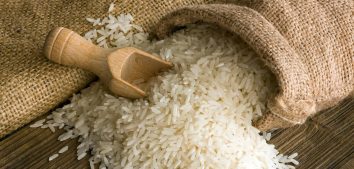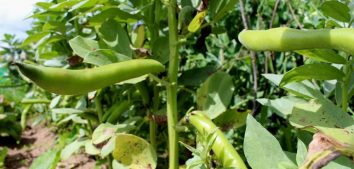
Premenstrual syndrome
‘Kabanos’ or chocolate?
Cucumber or donut?
Big package of chocolate cookies?
Brownie by Ann all at once?
Better to lock the refrigerator door with padlock?
Does it sound like pregnancy time?
Nothing like that!
It is PMS – premenstrual syndrome – so called period!
There are these days, when WE women are suffering from THAT pain.
Mood swings, small sulks, cry, bursts of laughter and hysterics…
What more …the breast pain, dizziness and food cravings…etc.
Dear Gentlemen…forgive us 🙂
Dear Woman…take it easy!
Don’t weigh yourself during that time (I know it’s just easy to talk).
Eat all chocolate bar.
Don’t look in the mirror searching for stomach muscles that were there yesterday.
Don’t exercises when you don’t want.
Take a hot bath, eat chocolate and relax.
These days are for us!
Of course, let us remember, PMS means something different for every women.
Can I exercise during PMS?
One study found that swimmers and runners with PMS achieve worst sport scores than female athletes without PMS. All because of hormones. Women often say ‘I feel puffy’. Exactly! Don’t expect too much from yourself now!
Many of you are wondering… is it ok to exercise during a period? All depends on how woman feels during that time.
If you have a severe bleeding and a painful period then during first 2-3 days I recommend to avoid:
- intense muscle building workouts,
- jumping,
- strength training,
- stomach muscles exercises,
- team sports.
When the pain will increase, do the breathing exercises and relax.
I particularly recommend:
- gymnastics at home,
- yoga,
- pilates,
- exercise with gymnastic ball,
- swimming, e.g. breaststroke,
- walks,
- slow jogging.
I recommend also workouts with lightweight dumbbells and gums. Remember not to exercise too long during a period. I’ve always said that you have to listen to your body. If you feel you can’t, just let it go. It is time for your body to rest.
Which kind of diet?
During PMS try to eat more fresh vegetables and fruits. They provide a lot of vitamins and minerals. They are a good source of dietary fibers which will influence on your digesting system. Remember to add more fish to your diet. They are rich in vitamin D and omega-3 fatty acids which have anti-inflammatory effects. Moreover, they can probably reduce pain, breast tenderness, bloating and irritability. Omega-3 fats can be found in plant oils such as linseed oil, grapeseed oil and in walnut oil). The most common micronutrient with a potential therapeutic effect in PMS is calcium. Apart from dairy products, it can be found in brassica vegetables, fish eaten with bones and highly mineralized water. Also take care about a proper intake of magnesium which will help you to reduce stress. The best sources of mangesium are nuts, cacao and whole grain products. Supplementation of B6 vitamin is recommended as the first stage of premenstrual syndrome therapy. In food vitamin B6 can be found in whole grain products, meat and brassica vegetables.
Limit your intake of coffee, alcohol, sugar and animal fats. They can be the reason of increased nervous activity and increase your irritation. Limitation of coffee and salt intake has also influences on reducing the fluid retention in the body.
You can reduce the severity of PMS symptoms by using different kinds of herbs.
Ginkgo biloba extract may prevent fluid retention. It also reduces a breast tenderness probably by improving microcirculation. The liquorice root, thanks to the presence of substances similar to corticosteroid, can also reduce the symptoms of PMS. In case of higher emotional tension and sleep problems, choose lemon balm tea or valerian.









Comments No Comments
Join the discussion…